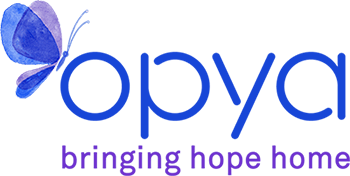Early intervention is critical in improving patient outcomes for those with ADHD. When left untreated, patients can often develop comorbidities—most commonly, anxiety or depression—that compound the negative effects of the disorder. What would happen if physicians had better tools to help patients and their family members recognize symptoms and get proper treatment before the symptoms were able to take root and affect their quality of life?
When Do ADHD Symptoms Start?
ADHD symptoms may appear in children as young as 3 years old, but parents and teachers do not always pick up on the signs immediately or are reluctant to accept the label of a mental health disorder. Often, and especially in girls/women, symptoms can go without a diagnosis (or with an incorrect diagnosis) for several years.
For example, a healthcare provider and ADHD specialist recently shared his daughter’s story with me. Even with his professional training and background in ADHD diagnoses, he didn’t pick up on his daughter’s symptoms. She was an excellent student and didn’t recognize her struggles until she entered college. Once she explained her symptoms and received a test, he was able to diagnose it and get his daughter on the right treatment immediately.
Research has shown that adults with untreated ADHD have a higher risk of unemployment, divorce, criminal behavior, substance abuse, and suicide. For children, the risks include poor school performance, bullying and violence, anxiety, drug use, and depression.
#Autism #EarlyIntervention #autismacceptance #autismmom #autismdad #autismmoms #auitismdads #ADHD




